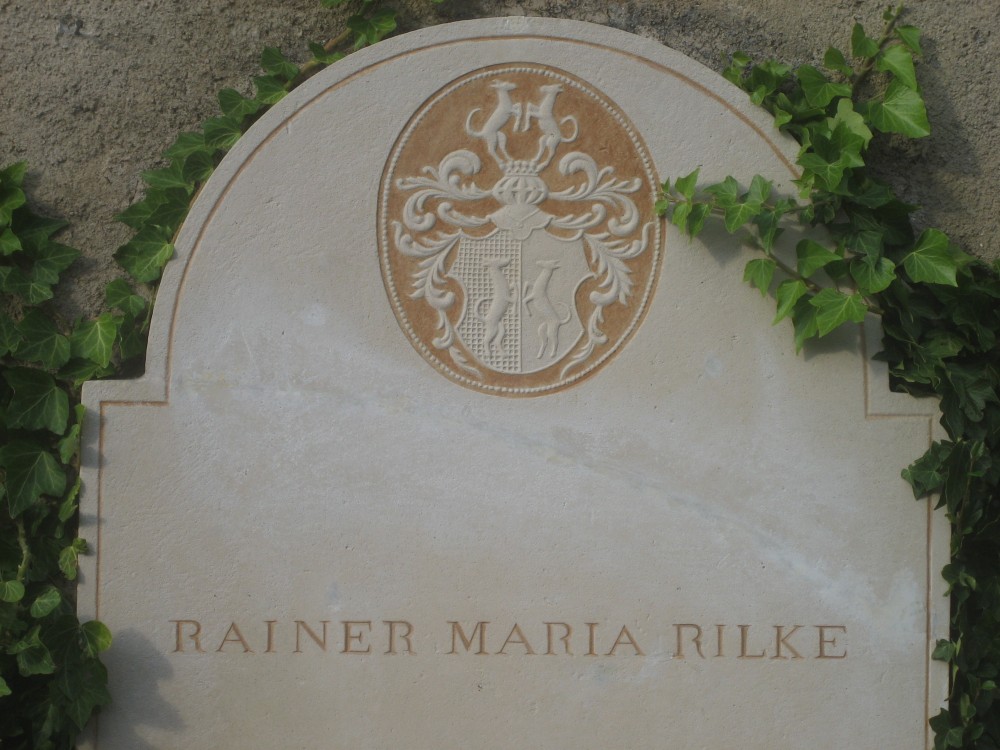One saw the skulls everywhere in those fin de siècle years and, like the memento mori of the Renaissance they were meant to recall, once seen they were hard to shake off. A British artist had encrusted a real skull with diamonds, and this objet d’art became the signature of its age. A Russian bought it, and it disappeared from view, except in photos: it declined from memento mori to meme.
Then repro-models appeared with fake diamonds – who knows? – fake skulls. Limited edition cufflinks turned up on the smart cuffs of businessmen. A skull tie-pin became a fashion statement. And then in the stone shops, diamond skulls were lined up among the pyrites, the new-age polished stones. It went viral. There was a site where you could upload a 3-D image of your own skull, choose your diamonds, and encrust yourself. These 3-D self-portraits became screen-savers, dongles, key-rings. An app became a surprise best-seller on the Cloud. Millions were downloaded.
A new game called Charnel House outsold Scrabble. As a competitive ploy, Scrabble launched letter pieces made from real human bone. They didn’t take off. Briefly, a social network site had a cult following among the tweenies. Called Skullbook, its existence was apocryphal. There was an undernet, an underworld trade in stockpiles of human skulls and bones. Provenance was an issue. The original artist died and plans were made to boil his head, strip his skull, empty his cranium for science. Glitterati dames paid millions to encrust this original creator with their own donated diamonds. A Russian bought it. It disappeared from view.








